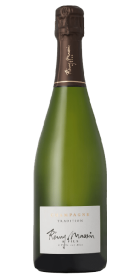
Rémy Massin Cuvée Tradition
- Bottle 0.75L
Wine and spirits masterpieces to your doorstep

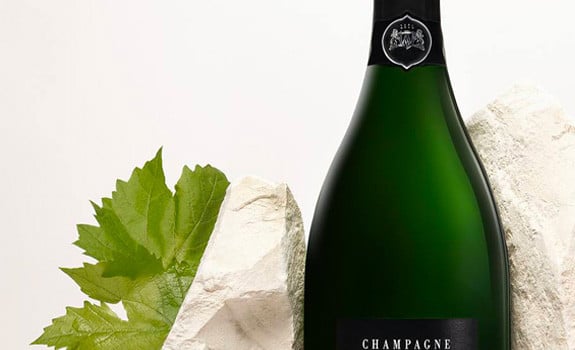
"I can't live without Champagne, in case of victory I deserve it; in case of defeat I need it", isn't this quote from Napoléon Bonaparte still relevant, perfectly illustrating the place that Champagne occupies in our love for tasting?
See more ...
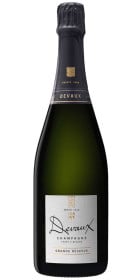
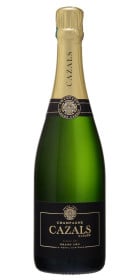
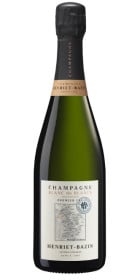
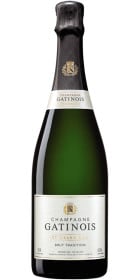
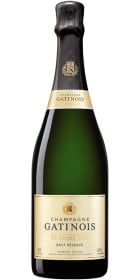
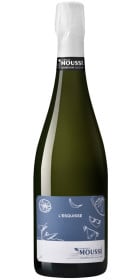
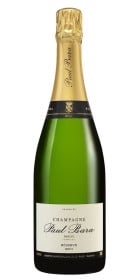
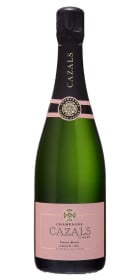
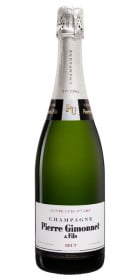
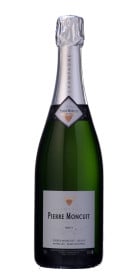
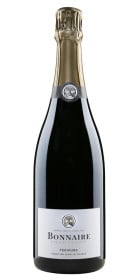
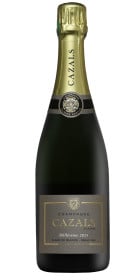
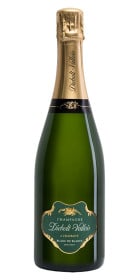
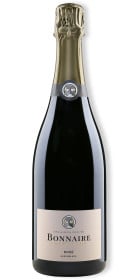
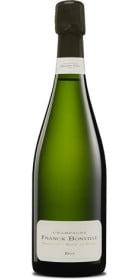
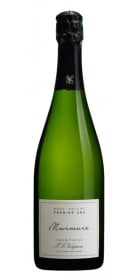
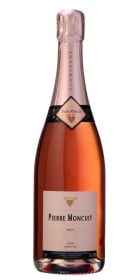
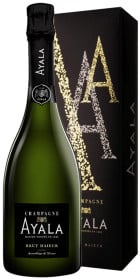
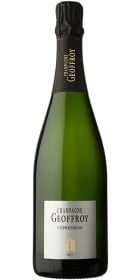
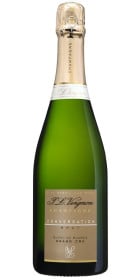
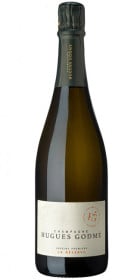
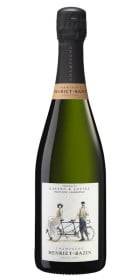
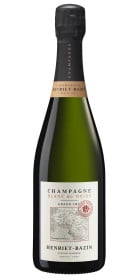
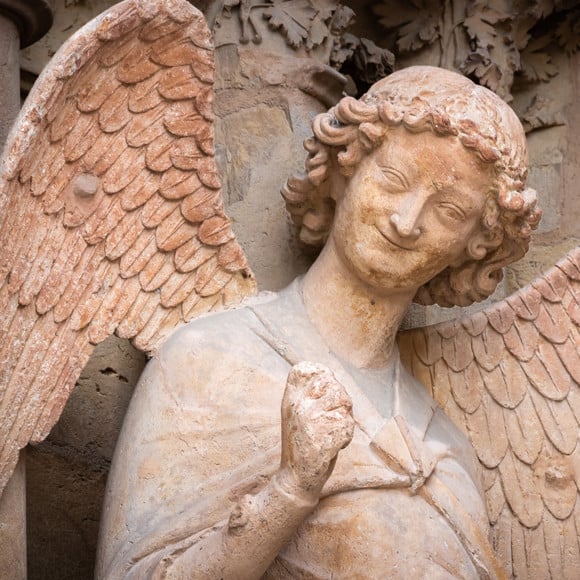
If any wine were to be synonymous with celebration, it would be Champagne. Embodying an art of living that is uniquely its own, Champagne has captured the hearts of wine lovers around the world.
Everything contributes to its reputation, from the quality of its terroirs to the art of blending for the greatest vintages of the houses that represent it around the world.
From a vineyard spread over four production areas: the Montagne de Reims, the Vallée de la Marne, the Côte des blancs and the Côte des Bar, the great wines of Champagnes offer refinement and infinite richness, inviting to pleasure and conviviality
"I cannot live without Champagne, in case of victory I deserve it; in case of defeat I need it", this quote from Napoléon Bonaparte would not be still relevant, illustrating perfectly the place that Champagne occupies in our love for tasting?
Enter the Secret of the great houses of Champagne to discover the most emblematic vintages
The Champagne is located 150km north-east of Paris, at the northern limit of vine growing. Its vineyard is divided between the Vallée de la Marne, the Montagne de Reims, the Côte des Bar and the Côte des blancs, on an area of nearly 34,000 hectares of vineyards for a production of about 310,000,000 bottles.
There are 319 villages with vineyards, located in five departments: Aube, Marne, Haute-Marne, Aisne and Seine-et-Marne. Only 61 villages are legally entitled to the appellation "Premier Cru" for 44 of them, or to the appellation "Grand Cru" for the other 17. The Champagnes classified as Premier Cru must be made with grapes coming exclusively from the parcels of the 44 villages concerned. The Grand Cru classification concerns soils with certain exposure conditions and microclimates that are most conducive to producing high quality grapes.
True masterpieces of nature and aristocrats in their category, discover our selection of Champagnes exclusively from Premier Cru and Grand Cru.
The creation of the Champagne vineyard goes back to Roman times, because at that time the presence of waterways opened up opportunities to other regions. It was then the Benedictine monks who contributed to its progressive development during the 5th and 6th centuries. At that time, they were not sparkling wines but light red wines as well as still white wines, which were sold mainly in Great Britain via the rivers and the Atlantic Ocean. Little by little, their reputation grew and they were served at the court of the kings of France, notably at that of Louis XIV.
At that time, due to the double continental and oceanic influence of the Champagne, the alcoholic fermentations were stopped by the cold during the vinifications, then started again by themselves in spring as soon as the temperatures were higher. The wine was therefore not finished when it was bottled, sold and shipped.
In the middle of the 17th century, the bottles sent to England were frequently broken because of the high pressure due to the re-fermentation. However, the English found it interesting to be able to control this phenomenon called effervescence. They developed a new glassware particularly thick and more resistant to these pressures, allowing a second fermentation.
A wine born from the acceptance of a defect
What was considered a defect will gradually become a sought-after quality, defining a new type of wine. The English market will therefore play a determining role in the appreciation of this wine. As the risk of breakage became less frequent but still present, the wines of Champagne became luxury products because of their high production cost.
The first "true" Champagnes were born from the very progressive mastery of this effervescence phenomenon from the end of the 17th century. This technique was called "prise de mousse" and was attributed to Dom Pérignon (1639-1715) who, at the time, was a Benedictine monk in charge of the vineyards of the abbey of Hautvillers near Epernay. He took up the idea of the English to use these famous bottles more resistant for the manufacture of this product becoming very required on a large scale. The wine is thus bottled before its fermentation is completely finished. And on the other hand, as a self-taught winemaker, he perfected the fundamentals of its elaboration, in particular the art of blending wines and grape varieties.
A product associated with French culture, the Champagne, a light and sparkling wine, quickly became the symbol of festivity.
The birth of the first houses of Champagne
The first great houses of Champagne began to be born in the 18th century under the impulse of the important economic development of the vineyard. They are the ones who have made its history and prestige, embodying a unique know-how.
The house Ruinart was the first to be founded in 1729, followed by Veuve Clicquot-Ponsardin in 1772. Other equally renowned houses will follow progressively, such as Louis Roederer, Jacquesson, Bollinger or Deutz. The greatest vintages of these different houses have acquired a worldwide reputation for their unparalleled refinement and quality.
From wine crises to the creation of the AOC Champagne
The vineyard will not escape the ravages of the phylloxera crisis of the 19th century, as well as other economic crises, in particular the revolt of the winegrowers of the Champagne in 1911. The wine region will take time to recover and will adopt precise conditions of production and wine making. In 1927, a law was passed to define the geographical limits of the Champagne wine region and the creation of the AOC Champagne took place in 1936. The specifications are very strict in terms of grape varieties and elaboration, and will contribute to make the Champagne an exceptional wine. Only sparkling wines produced in Champagne will be allowed to display this name.
From a climatic point of view, the Champagne is under a double continental and oceanic influence. Thus, the winters are cold while the summers are hot and sunny. The region also has a mild Atlantic climate with high humidity. The soil is of a limestone nature, which is a determining factor in the quality of the wines of Champagne. This limestone is composed mainly of sand and clay resting on a chalky subsoil, ideal for the maturation of the grapes thanks to its role of hydric and thermal regulator. Moreover, the famous deep chalk cellars are legion in Champagne, allowing to preserve and age the wines.
The vineyard of Champagne is known for its hilly landscapes, where the majority of the vines are planted on hillsides, which gives them adequate exposure to the sun and allows the grapes to follow a perfect maturation.
- The Montagne de Reims : This region is a vast plateau between Reims and Epernay with a soil mostly limestone. Covered by forests, it offers a temperate climate that is especially conducive to the production of Pinot Noir, which can fully express its potential. Pinot Meunier and Chardonnay are also grown here and this region has the largest number of villages classified as Grand Cru. We produce excellent Champagnes called Blancs de Noirs based on Pinot Noir in monocépage.
- The Vallée de la Marne: This is the largest region of Champagne, which extends from the west of Château-Thierry to the east of Epernay. This valley is world famous and has some of the most prestigious Champagne houses. The black grape varieties dominate, especially the Pinot meunier, but all the grape varieties are well suited to the clay-limestone soil. A hundred villages are listed, some of which are classified as Grand Cru. The Vallée de la Marne is the home of the Champagnes known as Blanc de noirs, composed of Pinot Noir and Pinot Meunier.
- The Côte des blancs: Located south of Epernay, it is famous for being the land of choice for Chardonnay, which is present in the overwhelming majority, and with which the famous Champagnes Blanc de blancs are made. The soil is of chalky nature, the chalk being a reservoir of water and heat of the subsoil, which allows the Chardonnay to acquire a lot of finesse and purity which are then found in the Champagnes.
- The Côte de Bars : It is located in the south-east of the Champagne in the department of the Aube. It is the most southern part of the vineyard. The marly subsoils are mainly planted with Pinot noir, and other more Rares like Pinot blanc also flourish here. The Champagnes produced here are rich and full-bodied, very pleasant to taste.
Three grape varieties are mainly cultivated in Champagne: Pinot noir and Pinot meunier for the red grape varieties and Chardonnay for the white grape varieties. Pinot noir and Chardonnay are the most used by the different houses according to the sub-regions, either in blending or in single variety. Pinot meunier is more complementary in the blends.
Chardonnay represents 30% of the vineyard of Champagne. It is an early grape variety that offers fine and elegant wines, characterized by floral aromas, citrus and minerality. It allows the wines to acquire a good aptitude for ageing.
Pinot noir represents 37% of the vineyards of Champagne. Early, it brings body, power and longevity. In terms of aromatics, it is characterized by red fruit aromas as well as floral aromas, in particular violet.
Pinot meunier represents 32% of the rest of the Champagne vineyard. Occupying a more minor place than its two colleagues in the blends, it brings roundness and fruit. The wines are thus supple and particularly aromatic.
The Champagne also authorizes the use of four other grape varieties within its vineyard, but they are only present in small proportions. These are Pinot gris in red, Pinot blanc, Petit Meslier and Arbane in white.
The Champagne is above all a blended wine, few cuvées are vinified from grapes from a single vineyard or a single village. Moreover, each house and each winemaker is free to blend several of the authorized grape varieties or to use only one. They are also allowed to blend several crus and several vintages.
The Champagne method consists firstly, once the grape harvest is completed, to let ferment the grape must in tank to obtain a first still wine. Then in a second time, when this wine is bottled, to start a second fermentation by adding a drawing liquor containing sugar and yeasts. The carbon dioxide that will be produced as a result of the transformation of sugar into alcohol will dissolve in the wine and create the effervescence.
These steps are complex and require a real know-how, and this is what makes all the greatness of the vintages of the different houses of Champagne.
When the grapes are ripe, they are harvested by hand, as mechanical harvesting is forbidden in 01234-56789. They are then gently pressed, at a limited volume in order to preserve the purity of the aromas and to obtain a clean juice. For a Champagne Rosé on the other hand, there will be a prolonged contact between the juice and the skins to diffuse color, which is called a pellicular maceration. The first alcoholic fermentation takes place in stainless steel vats and sometimes in wooden vats, depending on the vintage and the house.
In the spring following the harvest, the blends are made. In each winery, the wines of the different vintages are tasted. These wines are generally made from different vintages, grape varieties and plots. The aim is to blend them in varying proportions in order to maintain a constant quality and taste from one year to the next. For blends of a Champagne called non-Millésimé, we can use wines from previous years called "wines of Réserve", which are more evolved and kept in vats for 2 to 3 years. Only the Champagnes called Millésimés are blends of wines from a single year, reserved for years considered exceptional.
Once the blends are finalized, the wineries proceed with the tirage of the wines. The wines are filtered and bottled in thick glass bottles between March and April following the harvest, and the liqueur de tirage, which contains 20g/L of sugar and selected yeasts, is added, triggering a new fermentation in bottle.
The bottles are then stored horizontally in dark and cool natural limestone cellars typical of the Champagne, for a legal storage period of at least 15 months and up to 3 years for the Millésimées. During this maturation phase, the fermentation process starts and releases carbon dioxide and alcohol due to the consumption of sugars by the yeast. This is the famous "prise de mousse". The yeasts, which eventually consume all the sugars, die and then form deposits in the bottles, the lees. These lees will release several molecules that contribute to the development of aromas and other organoleptic qualities of future Champagnes.
Then, in order to eliminate these deposits, the bottles are placed head down on inclined desks so that they accumulate in the neck. Their inclination is progressively accentuated during 2 to 3 months, they are manipulated and stirred in a mechanical way, for the great majority of them, in articulated cages called gyropalettes. This is called the stirring stage. Historically, this step was carried out by experienced cellarers, the "remueurs", and few houses still practice this ancestral method of manual stirring. This is notably the case of the house Louis Roederer for its Cristal vintage.
Following the riddling of the bottles comes the disgorging stage, which consists in evacuating the deposits that have accumulated in the neck of the bottles. The necks of the bottles are placed in an ice water solution, at about -27°C, which traps the deposits in an ice cube. Then the bottle is opened and the gas pressure is used to expel the ice cube with the deposits.
To complete this loss, we add a "liqueur d'expédition", a mixture of wine and cane sugar, this is the stage of dosage. This step is crucial because the sugar content of the liqueur will determine the future character of the Champagne: Brut, Extra-dry, Sec, Demi-sec or sweet.
The bottles are finally closed with corks held in place by metal wirehoods during the final corking stage.
The different types of Champagnes are distinguished by their sugar content:
A Champagne is said to be Blanc de blancs when it is made exclusively with the Chardonnay grape. Generally made from the best parcels of the Côte des blancs, these Champagnes have a nose with greedy floral and fruity scents (peach, pear and citrus), and also offer mineral and brioche notes. They are characterized by a round, lively mouth with a lot of freshness.
Several great houses of Champagne elaborate Blanc de blancs vintages : Ayala, Lenoble, Billecart Salmon, De Venoge. Discover our selection of Blanc de blancs wines.
A Champagne is said to be Blanc de noirs when it is made from the red grape varieties Pinot noir and Pinot Meunier. These are Champagnes that are vinous and more fleshy, marked by more power and offer notes of red and black fruits.
Some emblematic houses of Champagne have Blanc de noirs vintages: Billecart Salmon, Bollinger, Leclerc Briant, Philipponnat or Duval-Leroy. Discover our selection of vintages Blanc de noirs.
Two methods are used to obtain a Champagne Rosé. The first is the method known as "assemblage" which consists of a mixture of white and red wines. The Champagne is indeed the only AOC in France where this method is authorized. The proportion of white wine used is in the majority, the proportion of red wine being generally between 10 and 20%. The red wine is then exclusively Pinot noir. The Champagnes Rosés can also be made by bleeding following a short maceration of black grapes with their skins until the desired color is obtained.
The Champagnes Rosés are refined, offering seductive aromas of citrus, light red fruits and eXOtic fruits. In the mouth, they combine finesse, freshness and greediness thanks to the fruity flavors.
Many houses produce Champagnes Rosés, such as Roederer, Veuve Clicquot, Egly-Ouriet, De Venoge or Ayala. Discover our selection of Champagnes Rosés.
The non-Millésimés are made by blending wines from several years called the "Réserve wines". Representing nearly 80% of the Champenoise production, they embody the DNA of their house through their constant tastes and qualities from one year to the next, signs of the regularity and the hand-stitched work of the cellar managers during the blending.
The Champagnes Millésimés are synonymous with an exceptional year, representing 20% of the rest of the production. They are made from the harvest of a single year when it is very successful, the decision to produce it being specific to each house. They must age for a minimum of 3 years on lees in the chalky cellars of the region, a period that can go up to 10 years. They are great Champagnes, complex and structured, able to go through the ages while keeping freshness and finesse.
The Champagne has a large number of illustrious houses that have built its reputation throughout the world. How can we not mention Dom Pérignon which was the first prestigious Champagne to be released in 1936. It is a cuvée that is only made in exceptional years, complete and very refined.
Let's mention the famous house Louis Roederer, whose cuvées sublimate the magnificent terroir from which the grapes come. The famous Cuvée Cristal, made with Pinot Noir and Chardonnay in Grand Cru, is the quintessence of this, with a great potential for ageing.
The extreme finesse of its vintages has made the house Agraparts famous. A house that produces Champagnes Millésimés every year, so much the care given to the work of the soils confers to the wines an incomparable minerality and freshness.
And what about the house Bollinger whose universal prestige is no longer to be made. The parcels of the house, classified almost exclusively as Premier and Grand Cru, constitute the backbone of the house. The Champagnes are deep and have a great aromatic richness.
Jacques Selosse, Egly-Ouriet, Duval-Leroy, Franck Bonville, so many iconic houses and winemakers who leave their mark in this unique region of the world, embodying a style of their own.